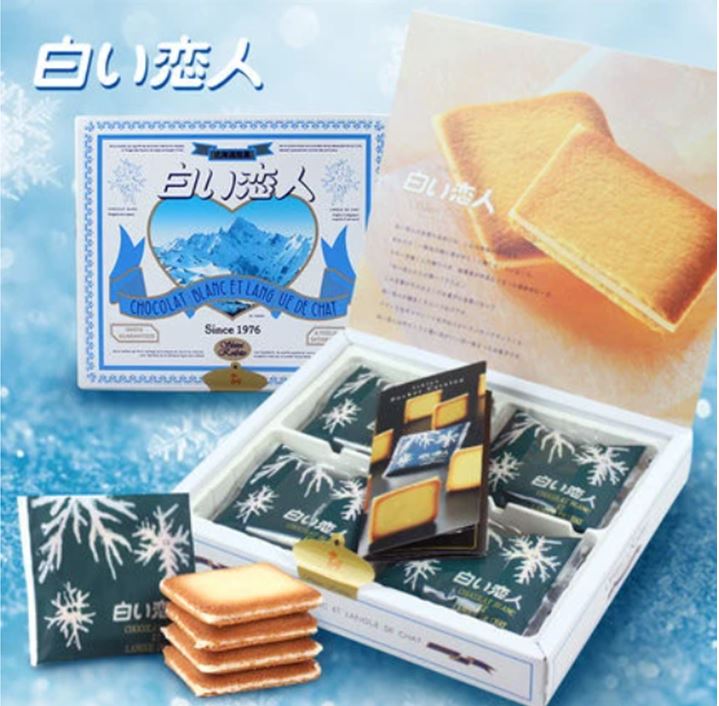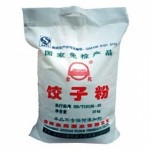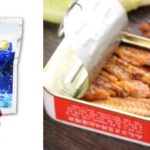The Biscuit Market in China: Localizing flavors and nutrition to gain market share
China’s biscuit market has strong potential to develop especially for foreign brands. The total sales of the biscuit market in China is expected to exceed $11.8 billion US by 2023. Though the market is small compared to the west, it is one of the fastest growing snack segments in China.
To enter the biscuit market in China, there are three key elements to aware of: nutrition, packaging-design and taste.
China’s snack market overview
According to a report by the Ministry of Commerce, the total output value of China’s snack industry increased from 424 billion yuan to 2,215.6 billion yuan, with a compound annual growth rate of 17.9% between 2006 to 2016. The report predicts the total output value of the snack industry will increase to 3 trillion yuan by 2020. There are four reasons contributes to the future positive outlook.
First is increased consumption power due to China’s economic development. Second is the even spread of the production factories in China. This helps meet consumer demands in different regions, as snack preferences vary from region to region. The third factor is the diversified sales channels. Other than offline department and retailers, e-commerce is well-developed in China to serve the consumers. Nearly 30% of the sales of online food are snacks. According to CNBD 2020’s online snack sales report, Tmall is the main platform that consumer purchase the snack. The growth rate of snack sales in Tmall is faster than the growth rate of snack sales in Taobao. Biscuits and bakery products have relatively low sales compared to other categories. However, it also indicates the biscuit market in China has huge potential to grow.
According to Mintel, the CAGR of China’s biscuit market from 2011 to 2016 was 11.93%, much higher than the 2.17% in the US. The market of biscuits cookies and crackers grew at annual rate of 4.6% from 2013 to 2018. Total sales of biscuits in China will exceed $11.8 billion by 2023. Accordingly, the market grows at a stable rate over the previous period and will continue to expand both its volume and revenue.
Fierce competition from both domestic and international players
There is a wide variety of flavours in the Chinese biscuit market, primarily savoury biscuits and sweet biscuits (cookies). Flavour-coated (chocolate or strawberry) biscuits, filled biscuits, Wafers, and some other different forms share the market simultaneously. Functional biscuits with less sugar or special advantage for health have a rapid growing market. Though we’ve already numbers of brands and products in such complicated market, we still have a chance to enter the market as it stably grows with rising demand for healthy goods. (See also: Our Sensory Research Methodology)
Chinese biscuits market has a distinct characteristic which is that the domestic products have more sales volume while foreign ones have more sales value. Domestic products are cheaper and few of them prioritize packaging, but they have a large mass base in the market, which keeps their sales volume at a stable level. Local brands such as XU FU JI (徐福记) and Hao Chi Dian (好吃点) originate in the Pearl River Delta economic zone. Foreign products pushed in Chinese market strongly with solid investment. They have a higher price and quality as well as more attractive package. Smart distribution strategies accompanied by a premium image of brands also help to increase their sales. Since its market entry, Danisa became one of the most popular choices of gifts in holidays, taking 2% market share.
In 2018, Munchy’s launched its first online shop via JD. By taking advantage of the rapid growth consumer in e-commerce in China, Muchy’s has been very successful as a foreign biscuit brand in China. Recently, imported biscuits grow quickly as nowadays people can get access to them easily online without going abroad. In brief, domestic brands and foreign brands have competed throughout the years, while the imported biscuits have a quality and packaging advantage.
Nutrition and packaging design are the selling point
A healthy lifestyle has spread widely among Chinese people so that they pay greater attention to what they eat every day. The high amounts of sugar in biscuits drive health-minded consumers away. Thus, the changing concept gives the birth to the functional biscuits which have less sugar and more health benefits. Several companies made the use of this opportunity to launch so-called healthy biscuits and enjoyed great success in the China biscuits market.
Two biscuit brands in China that used health to gain market share
Hougu biscuits firstly launched by Jiangzhong Pharmaceutical Co. Ltd claims to contain hericium erinaceus (a fungus used in traditional Chinese medicine) with advertising says that this nourishes the stomach. Therefore, Hougu biscuits are becoming widely accepted. Many consumers buy the biscuits not only for themselves but also for their elders who are not the target customers of biscuit brands in China. Another wheat cracker without sugar launched by Silang Co. Ltd has also gained great popularity as it can help digestion. Surprisingly, diabetics can also eat this kind of biscuit because it has no sugar. It’s even a good choice for people who want to lose weight as it can give a sense of fullness so as to suppress appetite. So, it is no surprise when these healthy biscuits first appeared, people rushed to buy them. Eying their success, other companies promoted their own healthy biscuits to follow the trend.
However, we still have a lot of developing space under this category. For different crowds, specific functional healthy biscuits can be developed. For instance, children need nutritional biscuits to grow healthy. The elders prefer the biscuits full of micronutrients good for bones.
Young consumers appreciate attractive packaging
Despite the ingredient and quality of the biscuit, younger generation consumer value the packaging design of the biscuit. For instance, millennials tend to buy a brand such as Shiroi Koibito (白色恋人), Akaibohshi (红帽子) and Jenny Bakery (珍妮小熊)because of the fancy packaging. Any entrant of the biscuit market in China who can grab the selling point of wellness and well-designed packaging will sure become the dark horse among biscuits producers.

Image: Jenny Bakery’s packaging design

Image: Shiroi Koibito’s packaging design
Entering the Biscuit Market in China: the flavors of success
When it comes to biscuits, the first question jumps into the mind is that “does it taste good?” The flavour preferences of Chinese are vastly different from westerners. Apart from those functional biscuits, Cranberry Cookies sells best on Taobao. The biscuits with milk or chocolate flavours follow as the second-best sellers. Chinese people tend to prefer crisp textures over soft when it comes to biscuits and cookies. In addition, some special flavours like yogurt, shallot (green onion) and tomato are also favorites among Chinese.
Regional flavour preferences
Localization is always important for a company who wants to enter the market. For instance, east coasters tend to favor more sweet taste whereas the people live in the middle of China such as Sichuan and Hunan prefer salty and spicy food. Only knowing clearly about consumers’ taste can lead to great sales of the products.
Chinese biscuits market still has great potential especially for the foreign brands who can localize to the flavor and nutrition preferences.
Listen to 100 China entrepreneur stories on China Paradigms, the China business podcast
Listen to China Paradigm on Apple Podcast
















